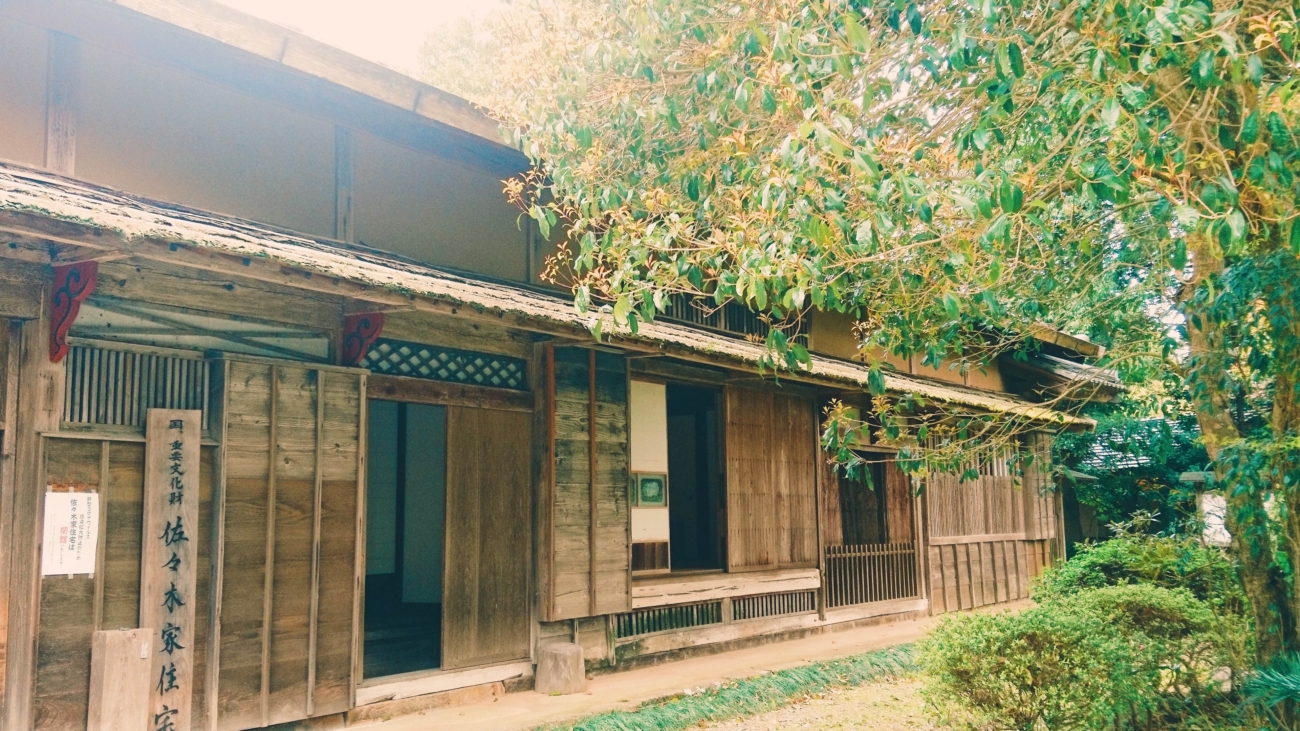How to know if it’s Oki-zukuri style
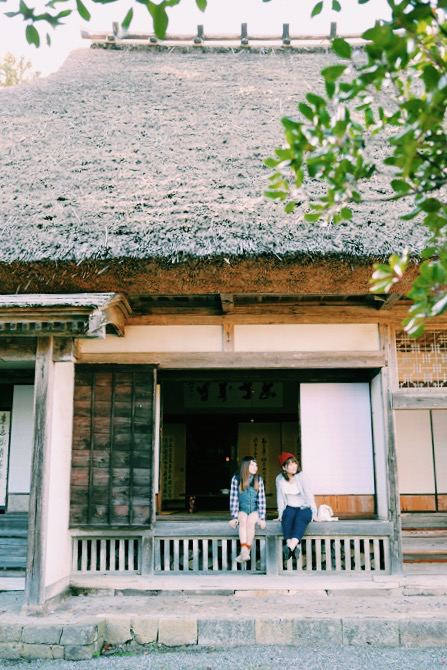 There are a couple of key features easy to spot in the traditional housing around the islands. The most obvious one is the front wall with three entrances, each leading to a different part of the building. The decision on which one to take depends on the visitor’s status and the purpose of their visit. And so, family members going about their everyday tasks or a friendly neighbour dropping by to share excess home-grown veggies would step through the biggest entrance at one side of the building, right into the doma − the earthen-floored space used for chores and farm work. On the other hand, distinguished guests or people visiting to talk business would be ushered in through the door in the middle, straight into the tatami-floored parlours. Last but not least, the entrance farthest away from the doma was opened when important family celebrations took place, such as weddings and funerals.
There are a couple of key features easy to spot in the traditional housing around the islands. The most obvious one is the front wall with three entrances, each leading to a different part of the building. The decision on which one to take depends on the visitor’s status and the purpose of their visit. And so, family members going about their everyday tasks or a friendly neighbour dropping by to share excess home-grown veggies would step through the biggest entrance at one side of the building, right into the doma − the earthen-floored space used for chores and farm work. On the other hand, distinguished guests or people visiting to talk business would be ushered in through the door in the middle, straight into the tatami-floored parlours. Last but not least, the entrance farthest away from the doma was opened when important family celebrations took place, such as weddings and funerals.
Then there is the gable roof with long eaves hanging over the three entrances. In traditional housing, it is covered with either thatch or bark weighed down by stones.
Now that we know a little about their architecture, let’s take a look at the three traditional residences in Okinoshima Town.
Sasaki-ke Traditional Residence
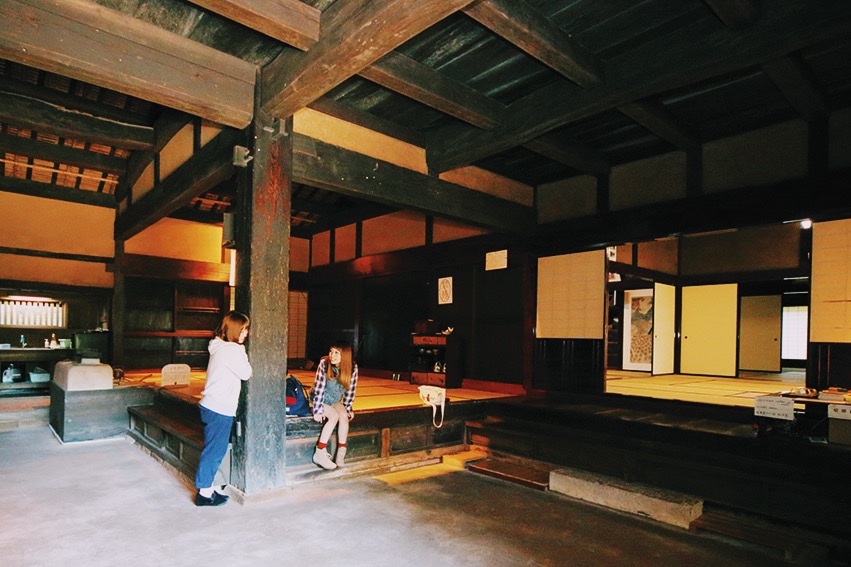
An Important Cultural Property of Japan, the oldest wooden building in the Oki Islands, and the only remaining traditional residence with a bark-covered roof and a shining example of local architectural style, all in one.
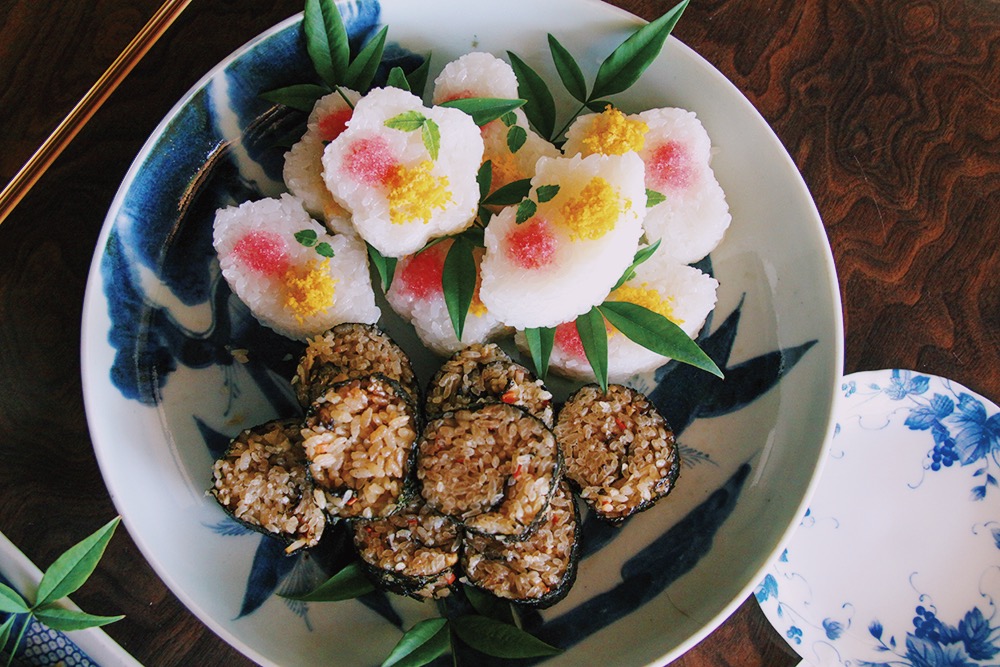
Other than the key Oki-zukuri style features, the numerous points of interest include a lattice window and a suit of armour. Visitors with an eye for details will spot two altars dedicated to a god of fire and rice fields respectively, while those more technically inclined will marvel at the roofing structure and heavy lintel made with a single piece of timber (as long as the house is wide!). In addition, everyone is welcome to amp up their sightseeing experience, getting themselves a homemade lunch* served in one of the parlours.
Make sure to include this residence in your itinerary! Read more…
*Reservation in advance is required.
Oki-ke Traditional Residence & Museum
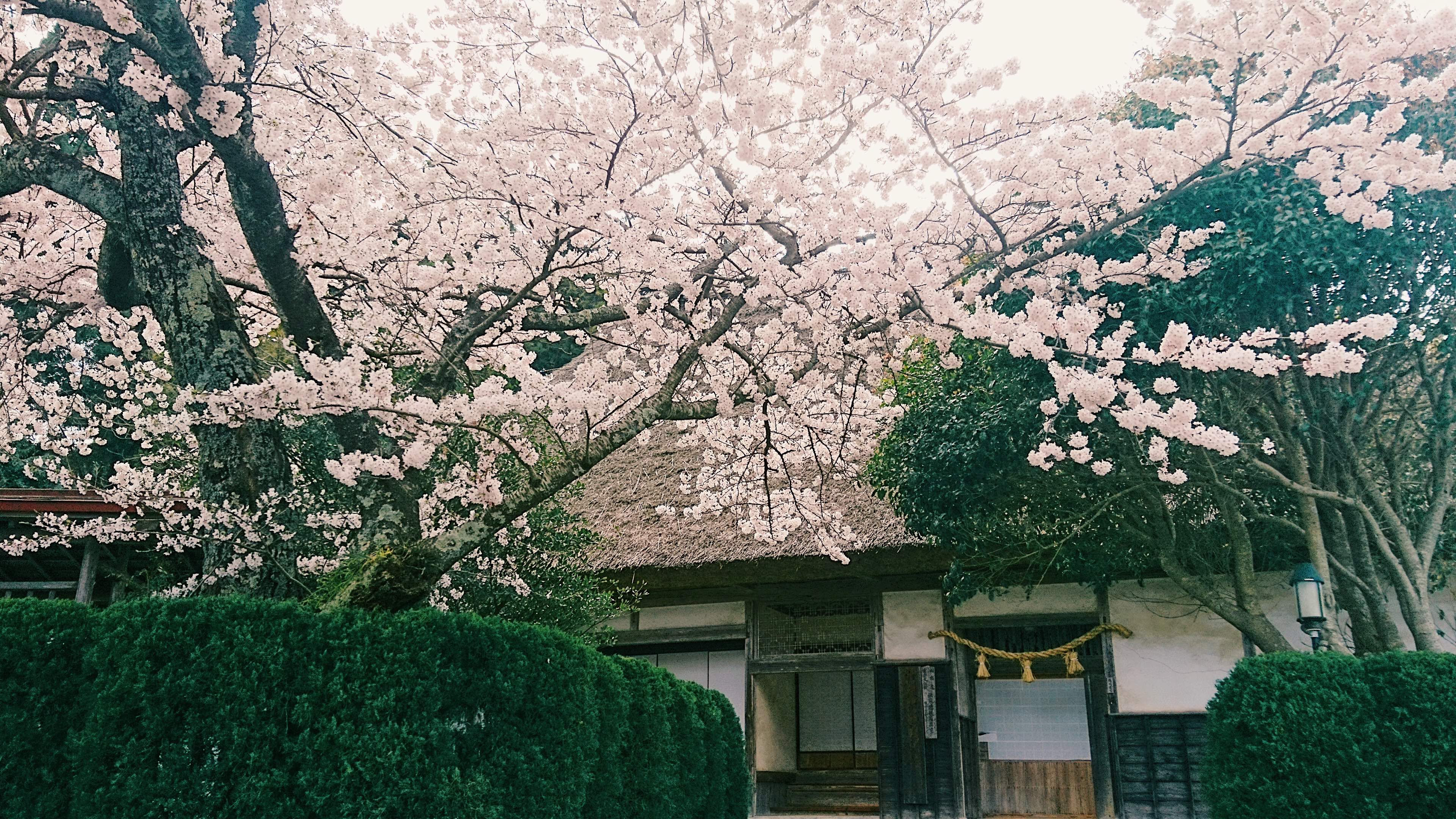
This residence holds many close ties with Tamawakasu-mikoto Shrine. For one, it is located scarcely a stone’s throw away. For another, it belongs to the Oki family whose members serve there as priests for generations. Perhaps it is for that reason the goshuin stamp for Tamawakasu-mikoto Shrine can be obtained at the residence as well.
The first thing that catches the eye when going to the residence is its thatched, gable roof. Then come the three entrances. The one in the middle, while not used to admit visitors, is left open to provide a glimpse into the house’s interior. Through the door furthest to the right, on June 5th, sacred horses featured in Gorei-furyū (an annual festival of Tamawakasu-mikoto Shrine) are brought straight into doma to pay their respects to the priest − yet another link between the shrine and the residence. The entrance furthest to the left leads into a small museum. Exhibits include cultural properties passed down in the Oki family through the centuries.
Steeped in the local history, culture and beliefs, Oki-ke Traditional Residence is designated an Important Cultural Property of Japan. Definitely worth a visit! Read more…
Traditional Residence of Tsubame Area
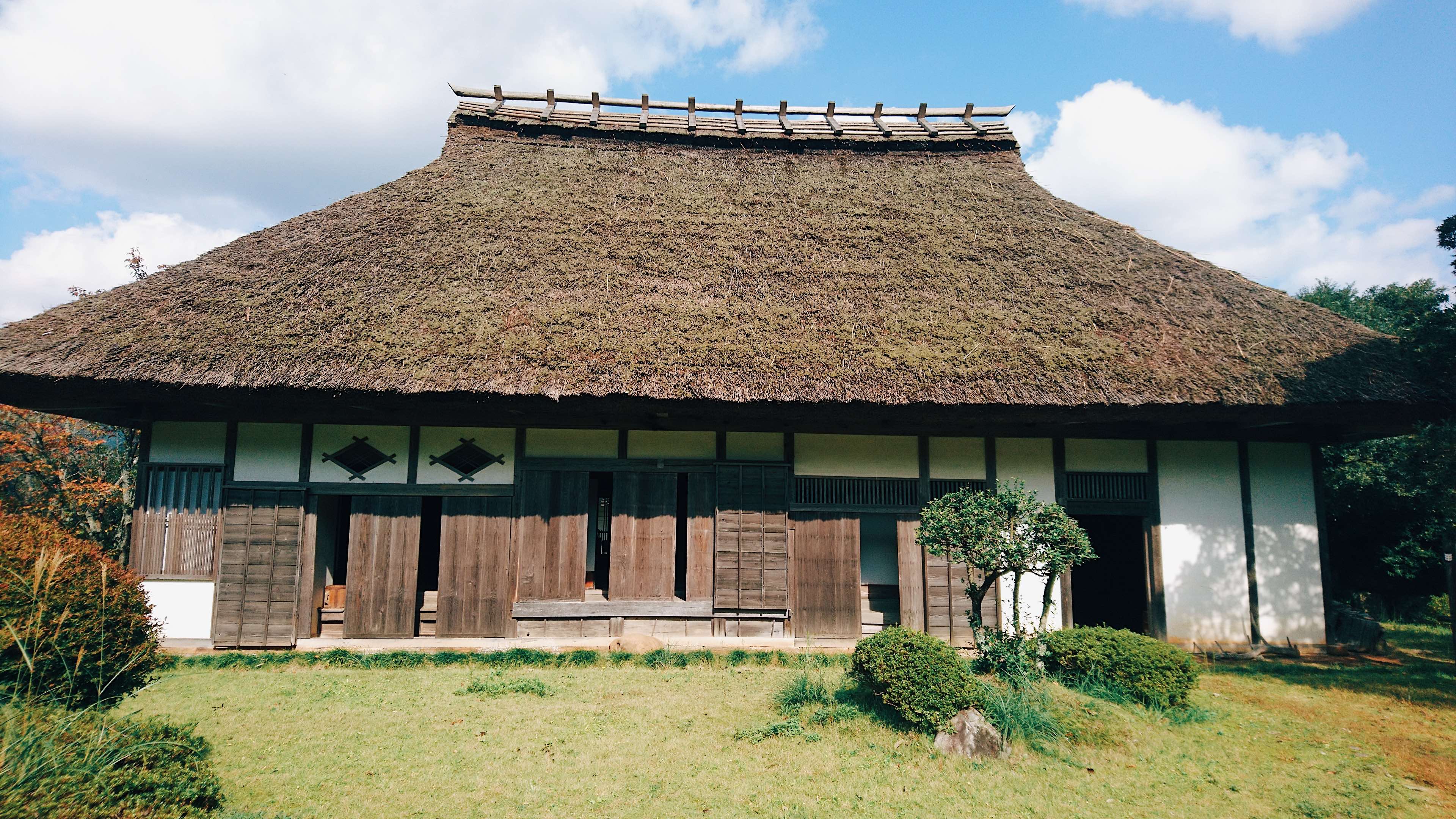
Given that the residence is located in the Goka Area, the name might raise eyebrows. Though to be fair, it did once stand in Tsubame Area and was only moved within walking distance from Mizuwakasu Shrine in 1973.
With the thatched, gable roof, three entrances and characteristic room arrangement, the residence is a textbook example of the local Oki-zukuri style. Although some changes have been made in its interior to better suit the changing lifestyles of its residents, for the most part, it stays true to its original form and its old-timey charm is perfectly intact. Farming tools displayed in the doma give an idea of what the everyday labour of the islanders was like. Looking around the tatami-floored parlours, trying to guess what purpose each one was used for, visitors can glimpse into the family life of past inhabitants.
When sightseeing at Mizuwakasu Shrine, make sure to drop by this residence too! Read more…
Author: Izabela Raczynska

